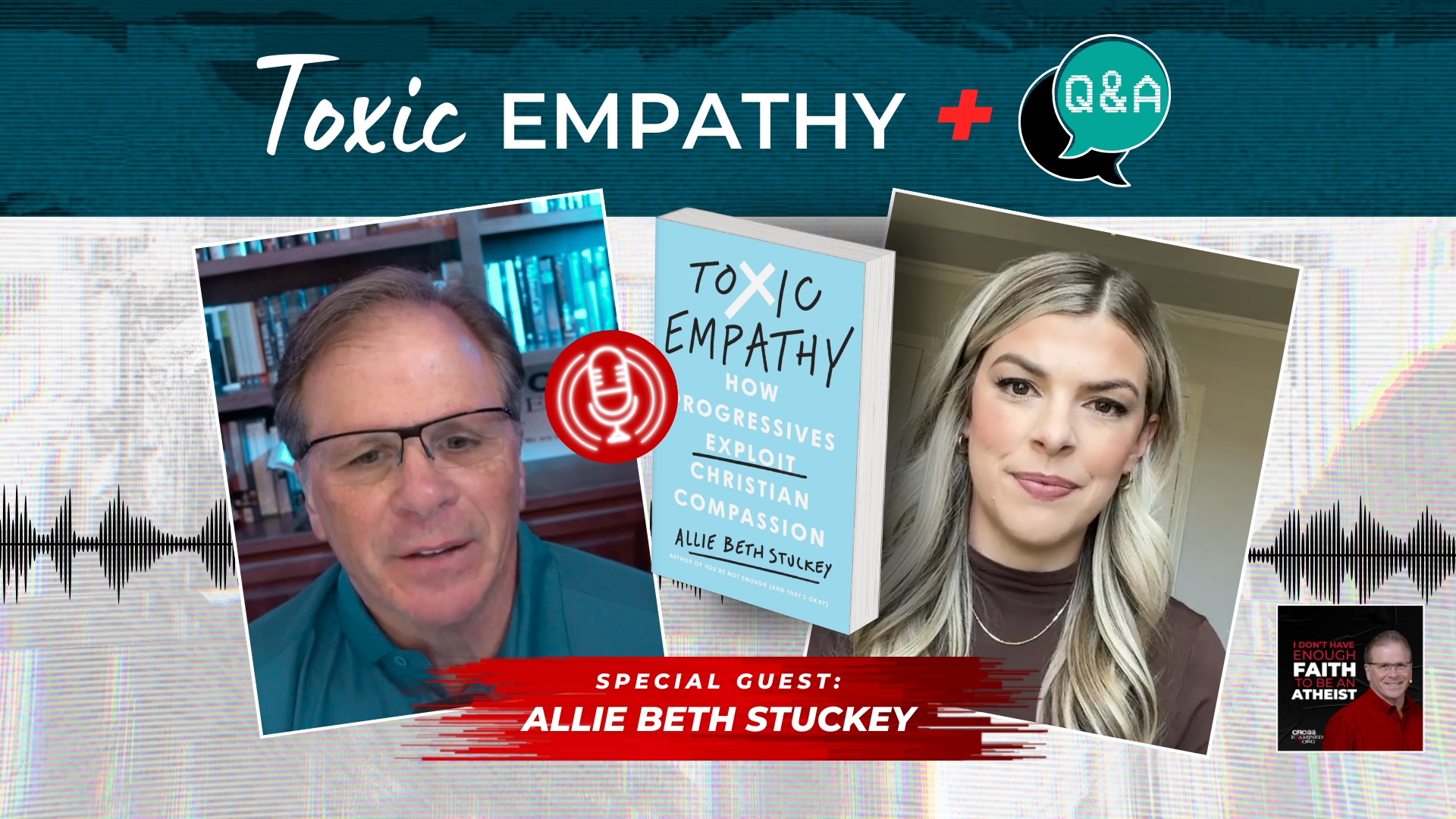One Woman’s Quest for Straight Answers from Public Health Organizations
After three years’ research on traumatic brain injuries he’d seen in prematurely deceased football players, Dr. Bennet Omalu wrote a paper in 2005 detailing his findings on the syndrome he named Chronic Traumatic Encephalopathy (CTE). He was hopeful that NFL doctors would build on his discovery for the well-being of NFL athletes. But instead of welcoming his data, an NFL medical committee called for it to be retracted. A thoroughgoing medical scientist, Omalu would do no such thing, and it took a full four more years of increasing pressure before the NFL publicly acknowledged the link between concussions sustained on the field and CTE.
A similar kind of David versus Goliath challenge may be developing between investigative journalist Punam Kumar Gill and the U.S. National Institutes of Health (NIH). A Canadian citizen of Indian descent and a lifelong pro-choice feminist, Gill became troubled after hearing questions raised about potential long-term risks of induced abortion. An honest investigator, she was quick to notice two things: (1) Although the questions did not concern the legality of abortion, because they were associated with abortion, few people seemed willing to listen, let alone talk about them. And (2) she herself might be guilty of allowing bias to blind her to a valid women’s issue where one might lie.
The dual discovery set her mind to thinking: What if there really were critical health risks to abortion? What were women actually being told before having one? And how were they doing afterwards? These were serious health care concerns, in some cases, matters of life and death. Shouldn’t they be discussed openly, rather than being dismissed as pro-life propaganda?
An Unlikely Team & A Balanced Report
She thought they should be, as did pro-life filmmaker Joses Martin of Mighty Motion Pictures. And so, although they came down on opposite sides of the pro-choice/pro-life divide, Gill and Martin teamed up to search out the truth about these questions for the sake of women everywhere. Their investigation is chronicled in the excellently produced documentary Hush: A Liberating Conversation About Abortion and Women’s Health. Here’s an overview.
Abortion & Breast Cancer
Gill interviewed several medical doctors. Is there evidence of a link between abortion and breast cancer? She asked. Yes, said Dr. Ian Gentles, coauthor of Complications: Abortion’s Impact on Women (2013); there have been “many dozens of studies [that] show a real, statistically significant link.” Yes, said Dr. Angela Lanfranchi, a breast cancer surgeon who has seen it in a textbook and in her practice. No, said Dr. David Grimes, an ob-gyn and abortionist for more than four decades, “there are no long-term consequences from abortion.” This issue is settled, he said. Doing continued studies would not only be inappropriate but unethical.
Thus, right off the bat, Gill and Martin encountered the deep divide between medical professionals. But Grimes had underscored his point by adding that his opinion was the same as that of all the major medical organizations. This did seem to add credibility to the “no consequences” side, so that’s where they went next.
One after another, Gill contacted them: The American Cancer Society. The Canadian Cancer Society. The National Cancer Institute. The American College of Obstetricians and Gynecologists. The Society of Obstetricians and Gynaecologists of Canada. The Royal College of Obstetricians and Gynaecologists in London. The Susan G. Komen Breast Cancer Foundation. And finally, the World Health Organization. But to her surprise, not only would none of them consent to an interview, they would not even speak to her. Not one. The case was closed, they all said. Anything she needed to know could be found on their website. It was as if they were all working off the same script.
With no other option, and now starting to feel suspicious of those denying any link, Gill went to their websites. Each one referred to a 2003 conference held by the NIH cancer division, the National Cancer Institute (NCI), where it had been concluded once and for all that there was no link between abortion and breast cancer. Upon this discovery, she tried again to speak with someone at the NCI, going so far as to visit in person. But when she arrived, she was swiftly escorted off the grounds by security. What was going on here?
A thoroughgoing journalist, Gill was not one to be intimidated into silence. She continued to dig and question until, eventually, she located a recording of the 2003 conference online and got to the bottom of the “no abortion-breast cancer link” conclusion. She explains her findings in some detail in the film but suffice it here to say that a careful look raises serious questions about who or what dictated the outcome of this seminal conference. Was it honest medical science? Or was it abortion politics?
Abortion & Pre-term Birth
Pre-term birth rates have doubled in the U.S. since Roe. Every year, more than 11,000 newborns die on the day of their birth in America due to prematurity, and those that survive exact untold emotional and financial costs on health care resources and families before ever leaving the hospital. After discharge, they face heightened risks of such lifelong disabilities as cerebral palsy, autism, chronic lung disease, and other vital organ maladies.
“It seems there’s a real clear unwillingness to deal with the science on this,” said Dr. Martin McCaffrey, a neonatologist who has frontline experience in caring for preemies and their families. He was invited in 2008 to serve as an expert panel member at the Surgeon General’s Conference on Preventing Preterm Birth, held by the NIH. He brought up the abortion-prematurity link and presented 122 articles as supportive evidence, but the co-chairs would not allow discussion, even though the link has been demonstrated in more than 80 studies. McCaffrey estimates that abortion accounts for 18 percent of very preterm births (earlier than 32 weeks’ gestation), yet in all the material published to raise awareness of prematurity, there is no mention of prior abortion as a possible risk factor. None. The question is, why not?
Abortion & Adverse Psychological Effects
This has been covered in Salvo before. Gill cites the alarmingly high rates of such maladies as PTSD, eating disorders, depression, substance abuse, and suicide in post-abortive women, but the most moving evidence of post-abortion trauma comes from the post-abortive women she interviews, many of whom suffer heart-wrenching grief and regret decades later.
Shouldn’t women considering abortion be provided with this information? Gill asks. No, insists Dr. Grimes, the abortionist. That would be “a very overt attempt to dissuade or discourage women from exercising their right to have an abortion.” Apparently this is what passes in his world for medical ethics.
The Moral Imperative of Informed Consent
For people of conscience, though, informed consent matters, and women considering abortion deserve factual information. Since neither the abortion industry nor the bureaus of medical apparatchiks will so much as countenance the data, Gill and Martin have brought it to the public themselves. Meanwhile, they continue to press the NIH and NCI to address the questions Hush raises, but so far, they have received no response beyond the same scripted suggestions to visit the NCI website, which in turn still cites the 2003 conference.
Hush is top-notch work. In many ways, you, the viewer, feel like you’re along on their quest. And where appropriate, well-crafted graphics depict the medical explanations, making the breast cancer and pre-term birth connections understandable.
“Over time,” said Dr. Patrick Fagan, who coauthored a 2014 paper on the abortion-breast cancer link, “the 2003 NCI conference is going to become an embarrassment in the history of the NCI itself.” Indeed, it may. It took Dr. Omalu four years to awaken the conscience of the NFL. The consciences of the NIH and NCI have already been slumbering for over thirteen years. One can hope that Hush will, paradoxically, finally wake them up.
Recommended resources related to the topic:
The Apologetics of Abortion mp3 by J. Budziszewski
Reaching Pro-Abortionists for Christ CD by Francis Beckwith
The Case for Christian Activism (MP3 Set), (DVD Set), and (mp4 Download Set) by Frank Turek
Legislating Morality (mp4 download), (DVD Set), (MP3 Set), (PowerPoint download), and (PowerPoint CD) by Frank Turek
Legislating Morality: Is it Wise? Is it Legal? Is it Possible? by Frank Turek (Book)
Do Ethics Need God? (Mp3) by Francis Beckwith
Terrell Clemmons is a freelance writer and blogger on apologetics and matters of faith.
This article was originally published at salvomag.com: http://bit.ly/2Y4WN69












Leave a Reply
Want to join the discussion?Feel free to contribute!